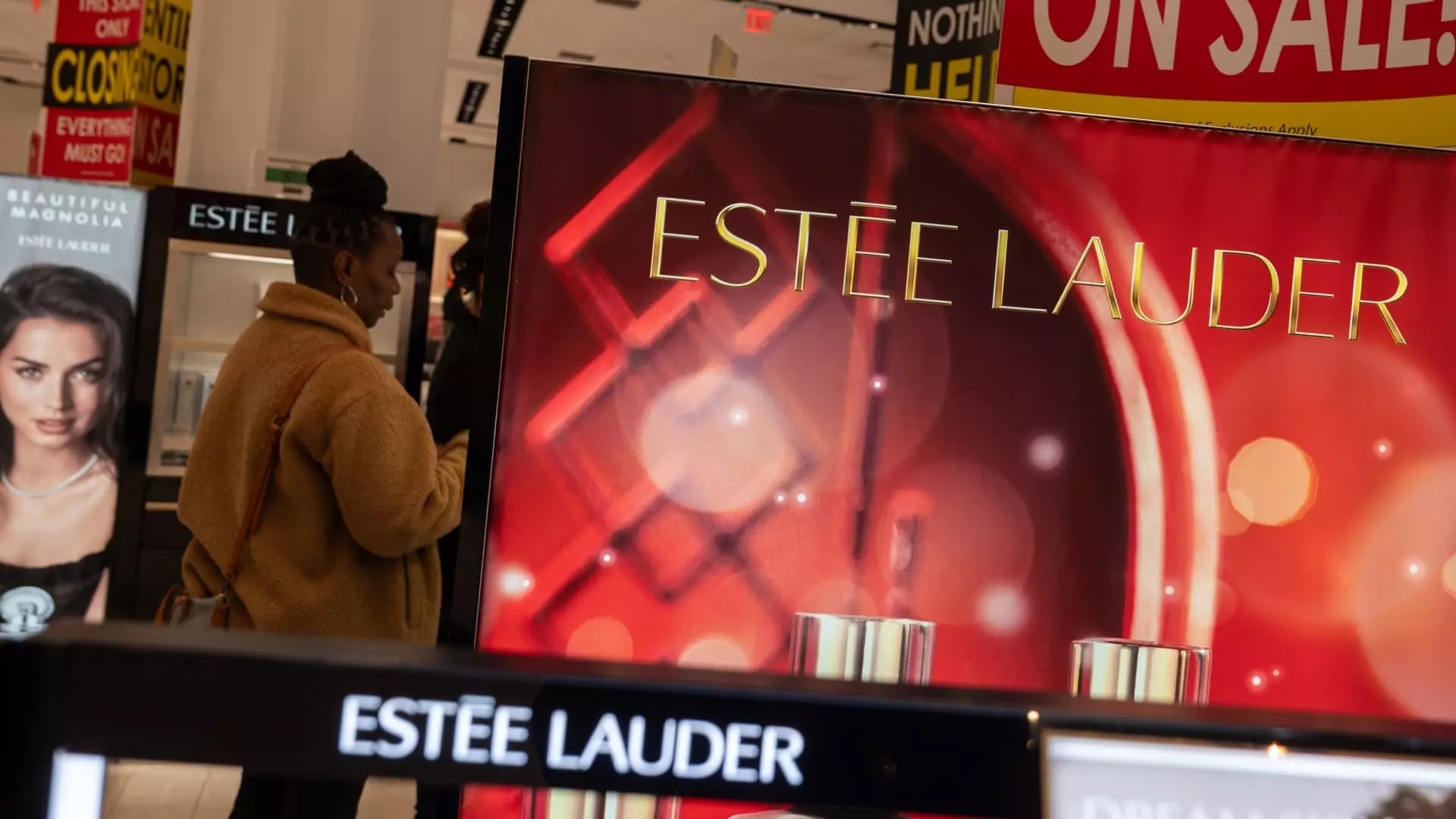In an unexpected turn of events, a host of beauty stocks has experienced significant downturns this past week. Key players in the cosmetics sector, notably E.l.f. Beauty and Estee Lauder, reported disappointing earnings that failed to meet market expectations. This has raised concerns over the overall health of the beauty industry, as these setbacks have led to substantial stock declines, significantly impacting investor confidence.
E.l.f. Beauty seems to have borne the brunt of this week’s turmoil, witnessing a staggering drop of nearly 29%, its most severe decline since August 2018. Although the company reported a revenue beat in its fiscal third quarter, it fell short on adjusted earnings per share and subsequently lowered its full-year sales guidance. The forecast was revised down from an expected range of $1.32 billion to $1.34 billion to a more modest $1.3 billion to $1.31 billion. This move, compounded with comments from CEO Tarang Amin about a 5% decline in the cosmetics sector in January, has cast a pall over future prospects, with analysts swiftly downgrading the stock’s rating.
Similarly, Estee Lauder observed a 22% plunge in stock value, marking its most challenging week since November. The company announced substantial job cuts ranging from 5,800 to 7,000 by the end of fiscal year 2026, a strategic decision influenced by weakening demand in travel retail, particularly in Asia. Despite beating revenue and earnings estimates for the second quarter, these alarming adjustments overshadowed positive financial metrics. CEO Stéphane de La Faverie candidly acknowledged the company’s failure to capitalize on growth opportunities, labeling the company’s agility as lacking during the crucial earnings call.
Amid these declines, other beauty stocks like Ulta Beauty and Coty have not been immune. Ulta suffered a 9% drop, while Coty saw a nearly 8% decline, both enduring their worst weeks in several months. The broader market sentiment appears wary, particularly after reports from Amin that suggested some instability at Ulta during January. Such developments evoke questions about the stability and resilience of beauty retail giants in the face of evolving consumer behavior and economic pressures.
Furthermore, external factors, such as the implemented tariffs on U.S. imports by China, add another layer of complexity. With E.l.f. Beauty producing around 80% of its products in China, concerns about profit erosion due to tariffs could amplify the company’s struggles. Interestingly, CEO Amin expressed relief that the tariff rate was set at just 10%, especially when prior discussions had hinted at much steeper levies.
As the beauty industry grapples with these financial setbacks and external pressures, the path ahead may require businesses to rethink their strategies. With the sector facing both internal operational challenges and external geopolitical influences, companies will need to adapt to maintain growth and investor trust in a rapidly changing market landscape. Investors and industry watchers will keenly observe how these beauty giants respond to the pressures ahead.

